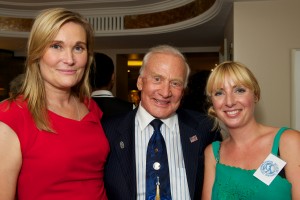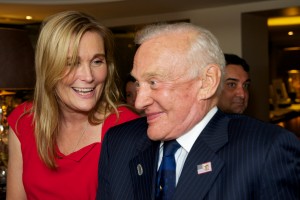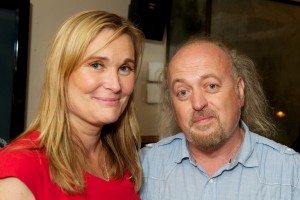Strive to be happy, how this simple statement has fascinated me for over twenty years. The final line of The Desiderata, these 4 simple words have made me think about my attitude to happiness more than anything else in my life. So happiness is not my birthright? It is not something I had and lost but instead it is something I can earn, I should strive for? Strive, the hardest working verb in the English dictionary; strive is a long way from sit around and wait for it to fall into my lap, or bemoan its lack of solid presence in my life. Strive: what did that mean? And what did I mean by ‘happy’?
These few words began to worm their way into my consciousness, turning on its head my sense of adolescent depression and dissatisfaction, the sense that I didn’t have something I was entitled to, something that everyone else had. That I was somehow bereft, prone as I was to deep bouts of unhappiness. Unhappiness being a lack of happiness, a sense of being hopeless, useless, helpless and angry. Somehow that sense of hopeless anger was challenged by this word strive, enticing me to believe I could do something. As a fighter I was no stranger to taking on Goliath like battles, but this was different. It couldn’t be met head on. My attempts to control my unhappiness by making big gestures didn’t work – I still felt angry and thwarted, hard done by, my experience of happiness in direct correlation to physical outcomes.
And then I began to notice how my behaviour, my response to things that happened, affected how ‘happy’ I felt. That somehow, if I let go of the outcome, I could still experience a sense of joy, of uplift, of possibility, of gratitude…of life as long as I was connected to myself with curiosity and compassion. As long as I was connected to everybody else.
Somehow instead of being a victim of circumstance, I started to realise I was able to be happy anyway, no matter what.
This ignited a journey of profound change as I began to realise what I understood to be happiness, and accept that I was deserving of it. Instead of engaging in conflict, I decided to focus on developing a curiosity for how I felt in relation to others, in relation to what happened in my life. I noted feelings of outrage and hurt and I rejoiced simply in my connection with my own consciousness, with me knowing me. What happened and what others thought became increasingly important as part of my own developing relationship with myself and less and less about who I actually was. I was increasingly proud of my courage to learn and grow, I was surprised with my willingness to hear, I laughed aloud at my second nature to reinstall the denial that sought to shield me from the nourishing truth when I thought I had thrown it out, and I dispensed with it again and again, daily clearing my side of the street. I was stubborn! I accepted with great joy my place as a grain of sand on a big wide beach, perfectly shaped to fit, and not more or less than anyone else. I accepted HP into my life, relieved to only have to manage what I could, my own behaviour borne of my thoughts and feelings, and as truthful and respectful representation of that…what a relief. I felt held, part of, good enough, curious and most importantly HAPPY as that gave me the faith to take the next step!
This is not a state of Nirvana, though, as I remain as affected by life as anyone else and have had my own trials, and (un)fair share of conflict, sickness and loss darkening my landscape. But within these experiences I have found that I can still connect, I can surrender to help, I can still grow and love, and despite the times of darkness, deep within I do feel happiness.
Interesting easy reading on the subject of happiness:
Illusions by Richard Bach
Hector & the Search for Happiness: Hector’s Journeys 1 by François Lelord and Lorenza Garcia



